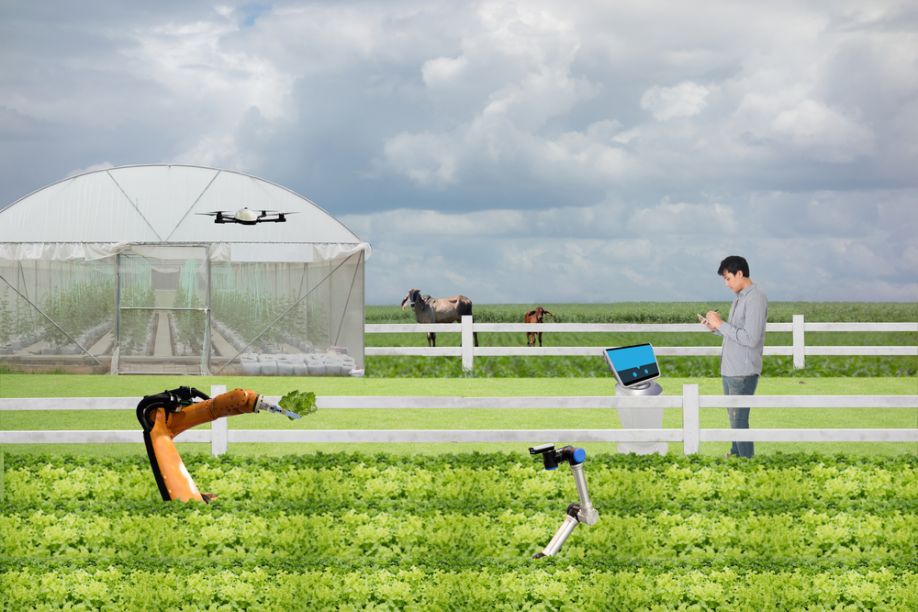Will AI Replace Farmers? Yes, and No
The appeal of farming isn't what it used to be, and fewer people are interested in taking up the profession. Thanks to technology and artificial intelligence, though, the industry can still keep up and yield more and healthier crops and livestock.
How the Ag Industry Can Use Technology to Navigate Labor Management
COVID-19 is forcing the agriculture industry to re-examine long-held practices and bringing new regulations for safety. Farms that made the move to digital are better equipped to efficiently communicate and work with their labor force, but it's not too late to catch up.
2019 Crop Production: 17.4 Million "Lost Acres" Identified
Identify farmers and fields hardest hit by weather events in 2019 using in-season data
How Robotics and Automation Will Affect Labor in the Food System
FoodTank: From seed to table, a revolution in technology that prioritizes robotics and automation is on the cusp of transforming the work required to produce, transport, sell, and serve food.
Why Some Young Workers Are Leaving White-Collar Jobs for Farming
Gina Belli for Pay Scale: There arent enough young farmers in this new generation to replace the ones who are retiring. But, the shift could "contribute to the growth of the local food movement and could help preserve the place of midsize farms in the rural landscape"
Records 1 to 5 of 5
Featured Product

The smartest dynamic LED grow light solution.
We set the standard in LED grow lights. No other grow light solution rivals Sollum's performance, thanks to innovation such as unmatched automatic dimming of light intensity and spectral in real time. Whether you grow specialty or mass market produce and all options in between, we have a cost-effective, environmentally friendly and fully supported LED grow light solution to fulfill your business needs.

.jpg)



